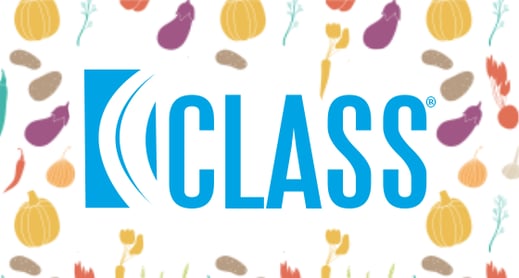
When I was little, my mother encouraged my siblings and I to help her work in our family garden. An avid gardener herself, I still remember the joy in learning simple lessons, such as the need to water our plants regularly—sometimes more than once on very hot days. I can’t tell you how excited we were when we saw our first pea plants sprout!
I've realized that the simple rules of gardening can be applied to my clients’ CLASS needs at their centers and organizations. As an account manager and former client services representative, one question I hear from clients pretty regularly is “I have Certified CLASS Observers conducting formal and informal observations with my teachers. Now what?”
The truth is, collecting observation data without following up with professional development is not a method for success. Just as plants in a garden need water and sunshine, teachers need continuous care and attention from coaches and others tending to their growth. You might be thinking, But measuring my teachers’ success with observations is the first step, right? You’re correct. Providing professional development opportunities, however, goes hand in hand with collecting your teachers’ observation data. Both practices must coincide in order to see continuous success.
As the school year comes to a close and you’re planning for next year, keep in mind this idea: it’s not enough to plant a seed and measure its growth. Combining CLASS observations with professional development is essential to see positive results at your organization. If you feel you’re now ready to take the next step towards continuous growth, visit our Coach or Teacher Toolbox to learn about some of Teachstone’s professional development programs. Or give my team a call—866-998-8352; we love hearing from you!
Happy Growing :)

